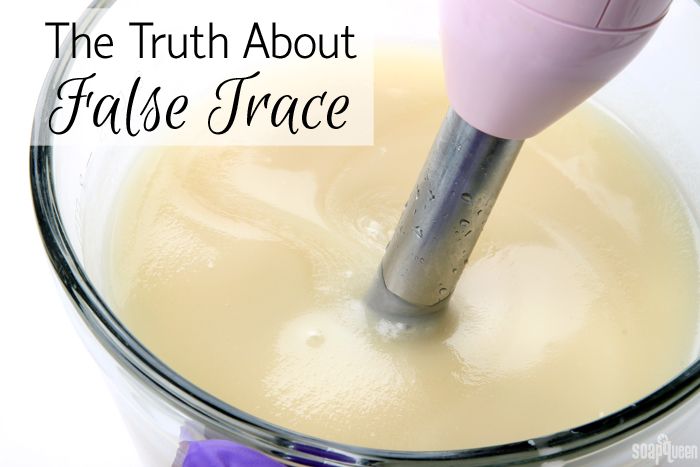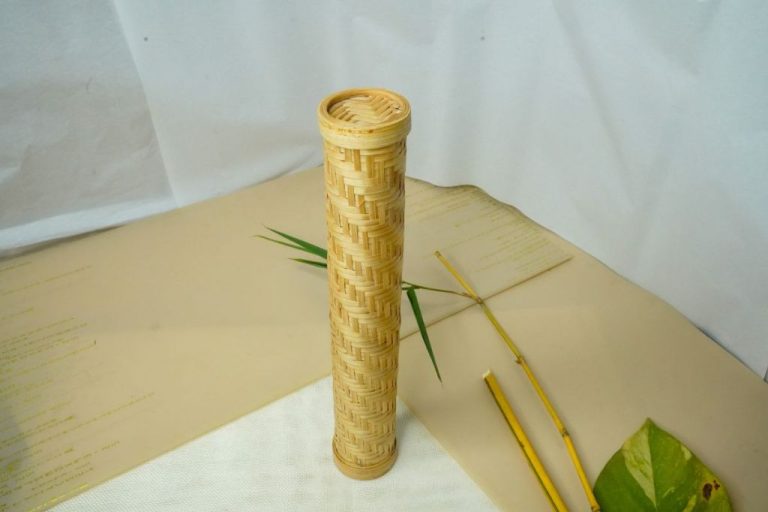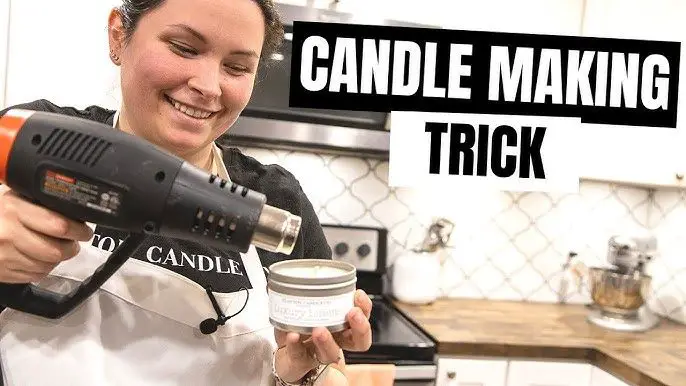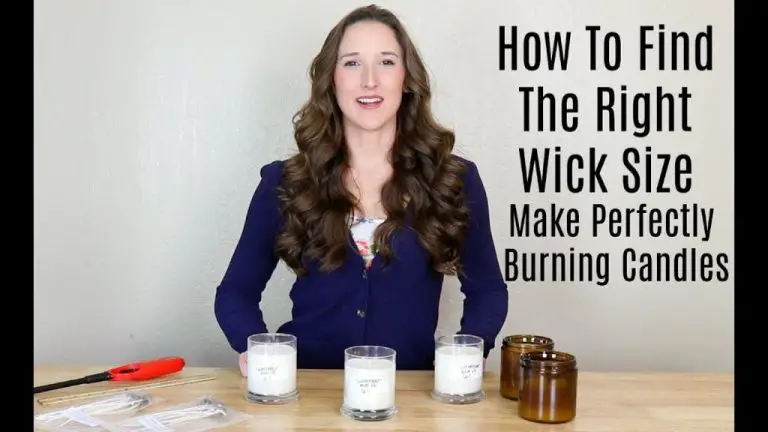Does The Wick Or Wax Burn?
Candles are made up of three main components: the wick, wax, and container. The wick and wax work together to create the flame. When lit, the wick acts as a fuel pump, drawing the liquefied wax up into the flame via capillary action. As the wax melts, it travels up the wick where it vaporizes and combusts with oxygen to produce a flame. This process continues as long as there is solid wax surrounding the wick to melt and fuel the flame. Understanding how the wick and wax burn is key to making well-performing candles.
The Wick
The wick is an essential component of a candle. It is a specially prepared string that is embedded in the wax and extends into the flame. The main purpose of the wick is to deliver wax (the fuel source) to the flame (1). This allows for continuous combustion and a sustained flame. Acting like a fuel pump, the wick draws the liquefied wax up into the flame via capillary action (2).
Wicks are usually made from materials like cotton, paper, or wood. The material needs to be able to burn safely while also having a texture that allows the liquefied wax to be drawn up. An untreated wick would burn too quickly and unevenly. Therefore, wicks are treated with special solutions to help control the burn rate. They are also stiffened so they remain upright as the wax melts (1).
In summary, the wick acts as a delivery system that transports liquefied wax to the flame. This capillary action is essential for operating the continuous combustion of wax in a controlled manner.
Sources:
(1) https://candles.org/elements-of-a-candle/wicks/
(2) https://www.lighthousecandle.co/blogs/all-blogs/lighthaus-why-wick-is-the-most-essential-element-in-a-candle
Wick Composition
The wick is the component of a candle that actually burns. Wicks are typically made from braided cotton, paper, or wood fibers. According to Elements of a Candle: Wicks, the most common materials used for wicks are:
- Cotton – Cotton wicks are popular because they burn evenly and do not release much smell or smoke.
- Paper – Paper wicks are inexpensive but do not last as long as cotton.
- Zinc or tin – These metal-core wicks are stiffer and hold their shape, allowing them to burn cleaner.
Wicks designed for container candles often contain cores made from materials like zinc to help them remain upright as the candle burns down. Overall, wick composition affects how cleanly and brightly a candle burns.
How the Wick Burns
The wick is a specially designed material that allows the candle to burn. It is made up of thin strands of fiber that are tightly braided or twisted together. Common materials used for wicks include cotton, paper, and wood.
The wick burns through a process called capillary action. Capillary action describes the ability of a liquid to flow against gravity in narrow spaces, and it is what “pulls” the melted wax up the wick. As the flame burns the wick, it creates a small pool of liquid wax at the end. The wax is then drawn up through the spaces between the woven fibers of the wick via capillary action. This brings fresh liquid wax in contact with the flame so it can be vaporized and burned.
According to the article on CBS News, “As the wick burns, it melts the wax. That liquid wax is then pulled up the wick through what is called ‘capillary action.'” (Source)
Without capillary action continuously bringing wax to the flame, the wick would burn away into ash and the candle would go out.
The Wax
Candle wax refers to the solid fuel source in a candle that melts and vaporizes to provide the flame. Wax has several purposes in candle making:
Wax helps provide structure and shape to the candle. As it melts, the wax pools around the wick and helps draw the liquid wax up towards the flame through capillary action. The melted wax also anchors the wick in place.
The wax burns slowly and evenly to provide a consistent flame. Waxes like paraffin are specially formulated to have an appropriate melting point and burn rate. This allows the wax to melt into a liquid fuel source and be drawn up the wick without burning too quickly.
Wax allows aromas and scents to be infused. Fragrances and essential oils can be added to the wax to provide pleasing smells when burned. The wax helps disperse and release the scents.
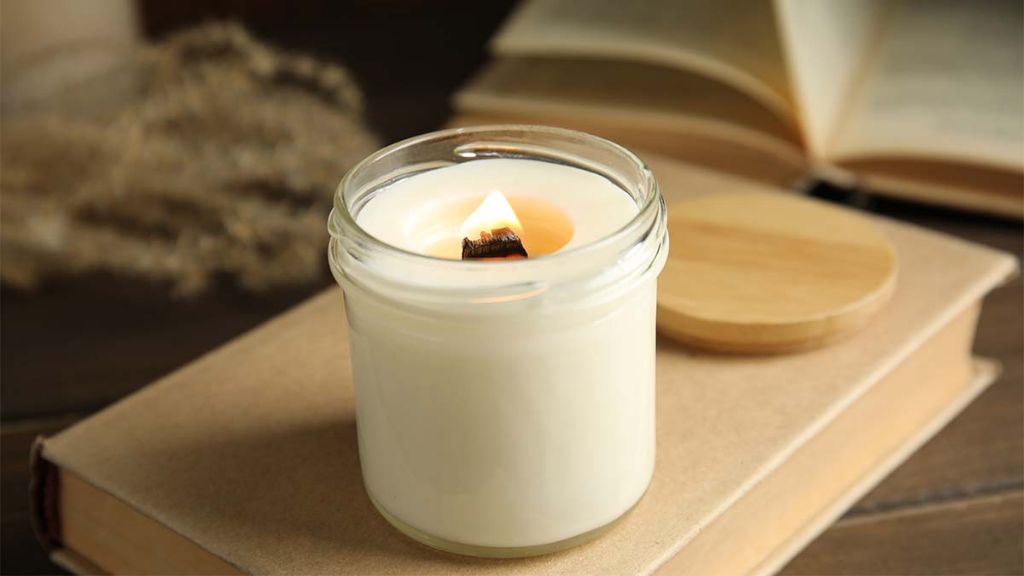
Wax helps protect and insulate the wick as it burns. This prevents the wick from being consumed too quickly by the flame. The melted wax pools around the wick and regulates its exposure to oxygen as it burns.
Common waxes used in candle making include paraffin, soy, beeswax, and palm wax. Each has different properties that impact the candle’s burning performance, texture, and scent throw.
Wax Composition
Candle wax is made up of hydrocarbons that come from petroleum derivatives like paraffin or natural sources like soybeans or beeswax. The most common type of candle wax is paraffin wax, which comes from petroleum. Paraffin wax is composed of straight chain alkanes like octacosane, hexacosane and tetracosane. These long carbon chains give paraffin wax properties like a low melting point and high oil content that make it ideal for candle making https://candles.org/elements-of-a-candle/wax/.
Other natural waxes like soy wax and beeswax have different chemical compositions that affect their burning properties. Soy wax is made from hydrogenated soybean oil so it contains fatty acids like palmitic, stearic, oleic and linoleic acids. Beeswax is composed of palmitate, palmitoleate and oleate esters. The natural waxes burn slower and cleaner than paraffin https://www.marthastewart.com/8061950/candle-wax-type-guide.
How the Wax Burns
When a candle is lit, the flame provides heat which melts the solid wax near the wick into a liquid state. According to ThoughtCo, “When you light a candle, wax near the wick melts into a liquid. The heat of the flame vaporizes the wax molecules and they react with the oxygen in the air to produce light, heat, water vapor, and carbon dioxide” (source).
The wax does not actually burn, but rather the heat causes the liquid wax to evaporate into a gas or vapor. As 96North explains, “The heat from the flame will cause the wax to vaporize, and the vaporized wax will be drawn up the wick” (source). The vaporized wax combusts with oxygen to produce the flame, releasing energy in the form of light and heat. So the wax itself provides fuel for the flame as it vaporizes near the wick, but it is the wick that actually burns.
The Flame
When a candle is lit, a flame is produced through the chemical reaction of combustion between the candle wax (fuel) and oxygen in the air. This exothermic reaction generates heat and light. Temperatures inside the flame can reach around 1400°C (1800°F).
The visible part of the flame consists of hot gases and some incandescent soot particles. The hottest part of the flame is just above the wick where combustion reactions are taking place rapidly. This reaction zone does not emit much visible light but provides the heat needed for the rest of the flame.
Above the reaction zone is the yellow non-luminous zone where soot particles are heated and start to glow. This zone emits yellow/orange light. The outer bluish part of the flame is the luminous zone where hot gases like carbon dioxide and water vapor emit blue light as they cool and rise.
Heat from the flame melts the solid wax into liquid which is then drawn up the wick by capillary action. The heat also vaporizes volatile compounds in the wax into gaseous fuel for the flame. Thus heat is transferred from the flame to the wax to sustain burning.
The chemical reaction taking place is:
Solid wax + Oxygen gas → Carbon dioxide + Water vapor + Heat + Light
Wick vs Wax Burning
For a candle to burn properly, both the wick and wax work in tandem. While the wick and wax are composed of different materials, they rely on each other to sustain the flame and candle burning process.
According to the Candle Science soy wax troubleshooting guide, if too much fragrance oil is added to wax, it can cause “fragrance leaching, ‘seeping,’ or ‘bleeding'” which is a sign “the fragrance has not bonded with the wax.” This demonstrates the importance of the proper wax composition to control the burn rate with the wick.
The wick size must also match the wax to prevent issues like mushrooming. As referenced by Supplies for Candles, “Usually a wick that is too big causes more wax to be sent to the flame than it can handle.” When the flame cannot burn all the wax, carbon buildup occurs creating the mushroom effect on the wick.
In summary, the wick provides the flame and regulates the burn rate, while the wax fuels the flame. Both components must work in balance for optimal candle performance.
Conclusion
In conclusion, when a candle is lit, both the wick and wax undergo a chemical reaction called combustion, which produces heat and light. The wick acts as conduit for the melted wax, absorbing and burning the liquid fuel. Wicks are typically made of braided cotton or paper fibers. As the wick burns, capillary action pulls more melted wax up to fuel the flame. The wax melts and vaporizes when heated, releasing vapors which mix with oxygen and ignite. Wax is composed of hydrocarbons derived from petroleum, plants, or insects. While both the wick and wax are consumed in the flame, the wax burns significantly slower, providing a larger reservoir of fuel to sustain the flame. Understanding how the wick and wax work together is key to candle design and performance.

